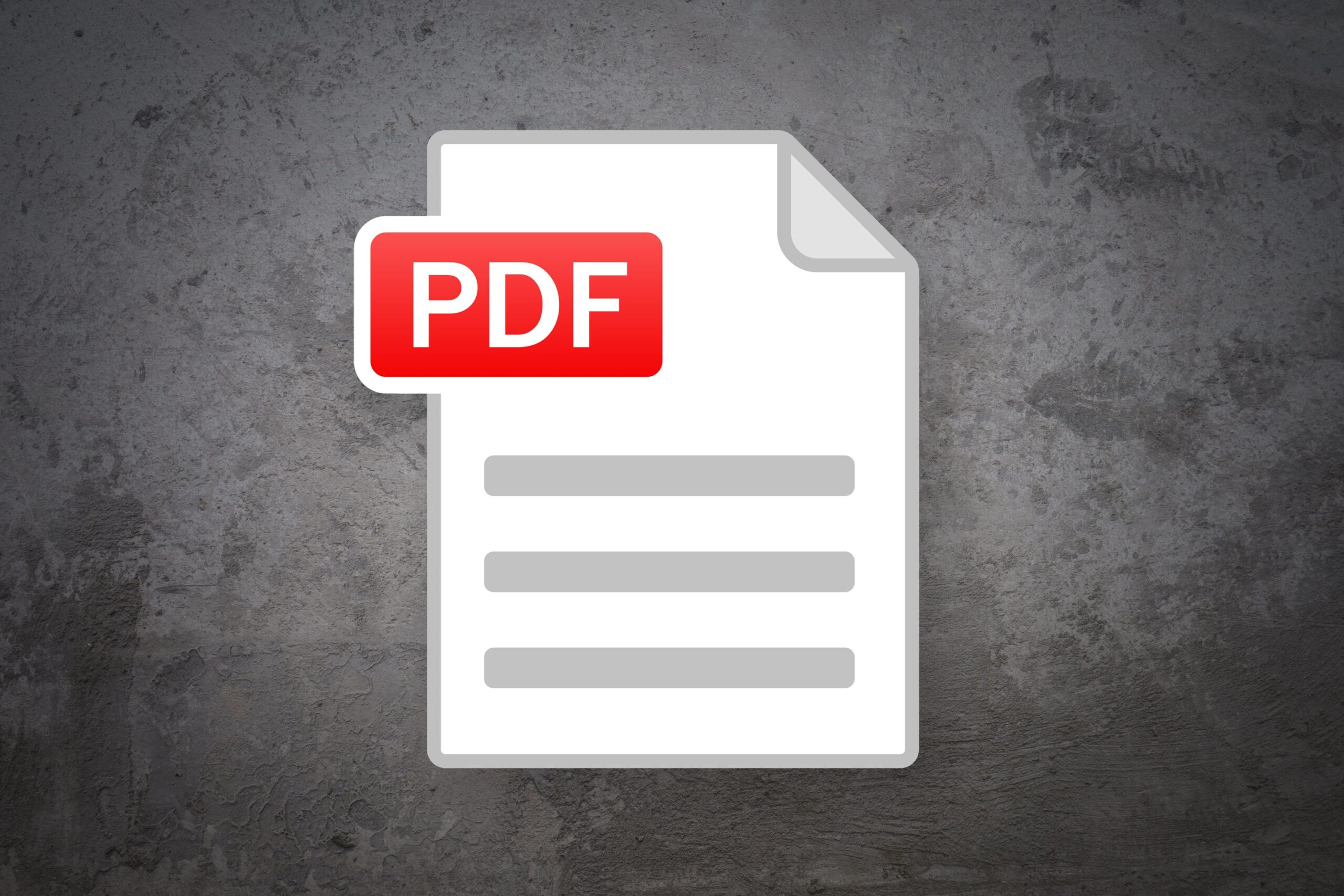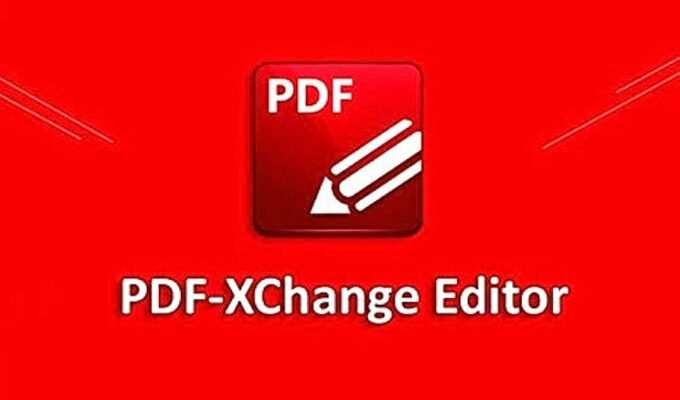In the era of digital transformation, education has been revolutionized by various forms of technology, from e-books to online classrooms. Among these advancements, the use of PDFs (Portable Document Format) has become prevalent in educational institutions. Students receive lecture notes, assignments, research papers, and e-books in PDF formats.
As convenient as it may be to share and read these files, one might hit a roadblock when it comes to editing or annotating these PDFs. However, thanks to innovative PDF editors, students can now interact with their study material in a more dynamic way, thereby enriching their learning experience.
Why Use PDF Editors?
With the increased digitization of educational content, the need to edit PDF documents has also grown. Traditional methods of learning involved marking textbooks, making side notes, and underlining important phrases. Now, all these actions can be performed digitally on a PDF through an editor. They can be used to highlight text, make notes, draw diagrams, and even collaborate with peers. This enhances a student’s ability to understand and remember the material, making learning more effective and enjoyable.
A Toolbox Full of Possibilities
One might wonder, “What can I do with a PDF editor?”. The answer is, quite a lot. Let’s explore some of the features that a good PDF editor offers:
Annotating: Imagine you’re reading a complex research paper, and you stumble upon a term or concept you don’t understand. Instead of resorting to sticky notes or trying to memorize the page number, simply annotate the term right there on the document. Annotations serve as personalized signposts and reminders, making study sessions more productive.
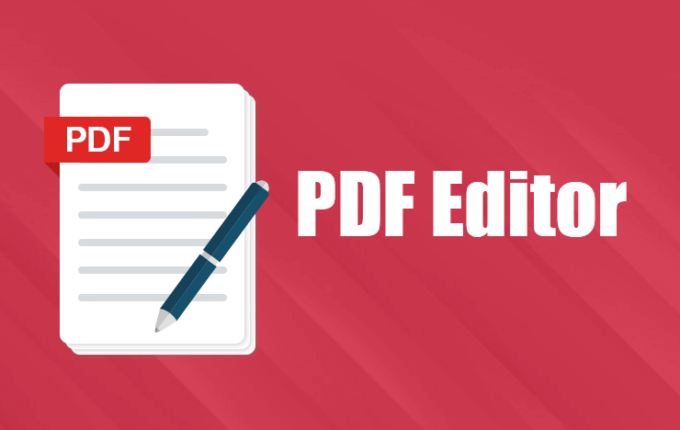
Highlighting: Just like with physical textbooks, you can highlight important sections of your PDFs. It’s an excellent way to emphasize critical information and makes revisiting the material more efficient.
Editing: Need to edit PDF documents, like add or delete text? PDF editors allow you to do just that. This is particularly useful for group assignments where multiple people need to contribute to the same document.
Form Filling: PDF editors often come with the ability to fill in forms, which is quite useful when dealing with digital worksheets or application forms.
Digital Signatures: Signing a document is no longer a process of printing, signing, and scanning. PDF editors allow you to create a digital signature and use it wherever required.
Enhancing Collaboration and Accessibility
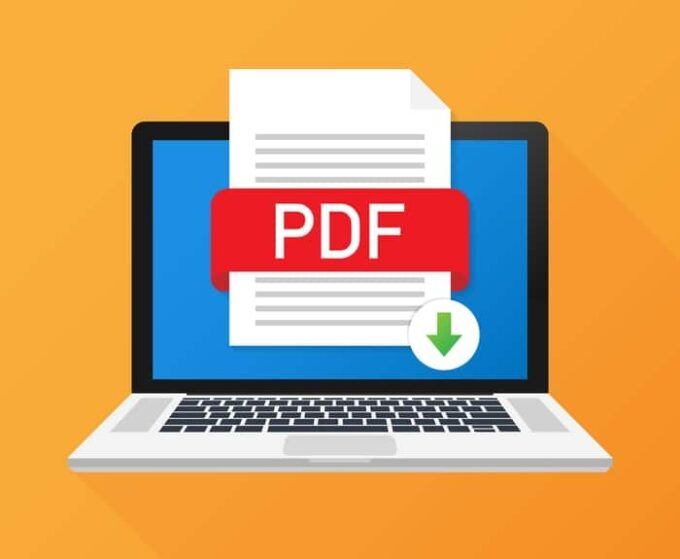
The use of PDF editors extends beyond individual study and can facilitate group learning as well. These tools can enable real-time collaboration, allowing multiple students to annotate, comment, and make changes to the same document simultaneously. This is a game-changer for group projects, shared notes, or collective study sessions.
Furthermore, PDF editors often support accessibility features like text-to-speech, magnification, and high contrast modes, making learning resources more accessible to all students.
The Eco-Friendly Alternative
Beyond the educational benefits, PDF editors contribute positively to the environment as well. The more we move towards digital documents and away from paper, the more trees we save. Annotating and editing PDFs digitally also means less printing, leading to less waste and lower carbon footprint.
Choosing the Right PDF Editor
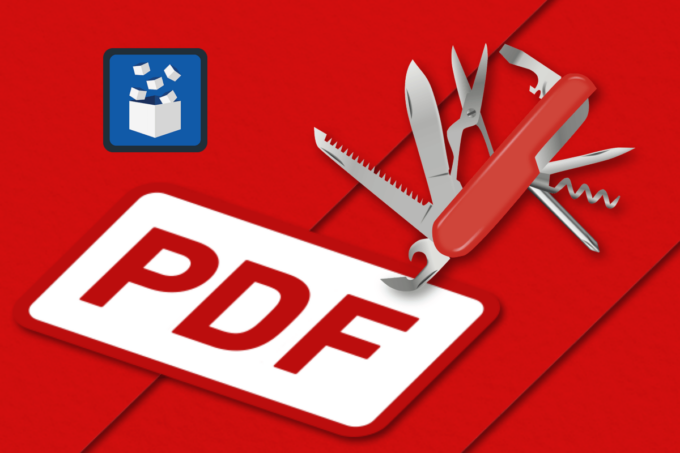
There are a plethora of PDF editors available, each offering unique features. When selecting one, consider the features that align best with your study needs. Are you looking for extensive annotation tools? Do you need real-time collaboration capabilities? Is accessibility important for you? These are just a few questions to help guide your choice.
It’s also worth noting that while some editors come with a cost, there are many free options available that offer a substantial range of features. Remember, the most expensive tool isn’t always the best; it’s about finding what works best for you.
Bridging the Gap between Physical and Digital Learning
As we transition further into digital learning, one might be concerned about losing the tangible, tactile aspects of physical study materials. It’s true that physical notes and books have their charm and can facilitate a unique learning experience. However, PDF editors can bridge this gap to some extent. The ability to make notes directly on the digital document, underline text, and highlight important points allows students to interact with digital content in a way that is reminiscent of handling physical textbooks. This, in turn, can enrich the learning experience, making digital learning more tangible and intuitive.
Gaining An Edge in the Academic World
In the competitive world of academia, every tool that can give you an edge should be welcomed. PDF editors are such tools. They not only help streamline your studies but also enable you to deliver polished, professional-looking work. Imagine submitting a research paper or thesis with neatly organized references, annotations explaining your thought process, and highlighted sections for emphasis. A PDF editor can help you achieve all of this. More than just a study aid, it’s a tool that can boost your academic performance and help you stand out.
Empowering Teachers and Facilitating Feedback
The benefits of PDF editors are not limited to students alone. Teachers, too, can leverage these tools to provide feedback more effectively. They can make notes directly on students’ assignments, underline areas of improvement, and highlight exceptional work. The digital format also allows for quick, real-time feedback. This is especially valuable in remote learning environments, where providing physical feedback can be challenging. With PDF editors, the lines of communication are always open, ensuring that learning is a continual, evolving process.
Conclusion
Embracing the digital age in education means more than just consuming information on screens; it means interacting and engaging with content in dynamic ways. PDF editors for students are transforming the way we study, making learning more interactive, collaborative, and efficient. As we continue to journey through this digital age, these tools are becoming not just a helpful option but an essential component of successful learning.

